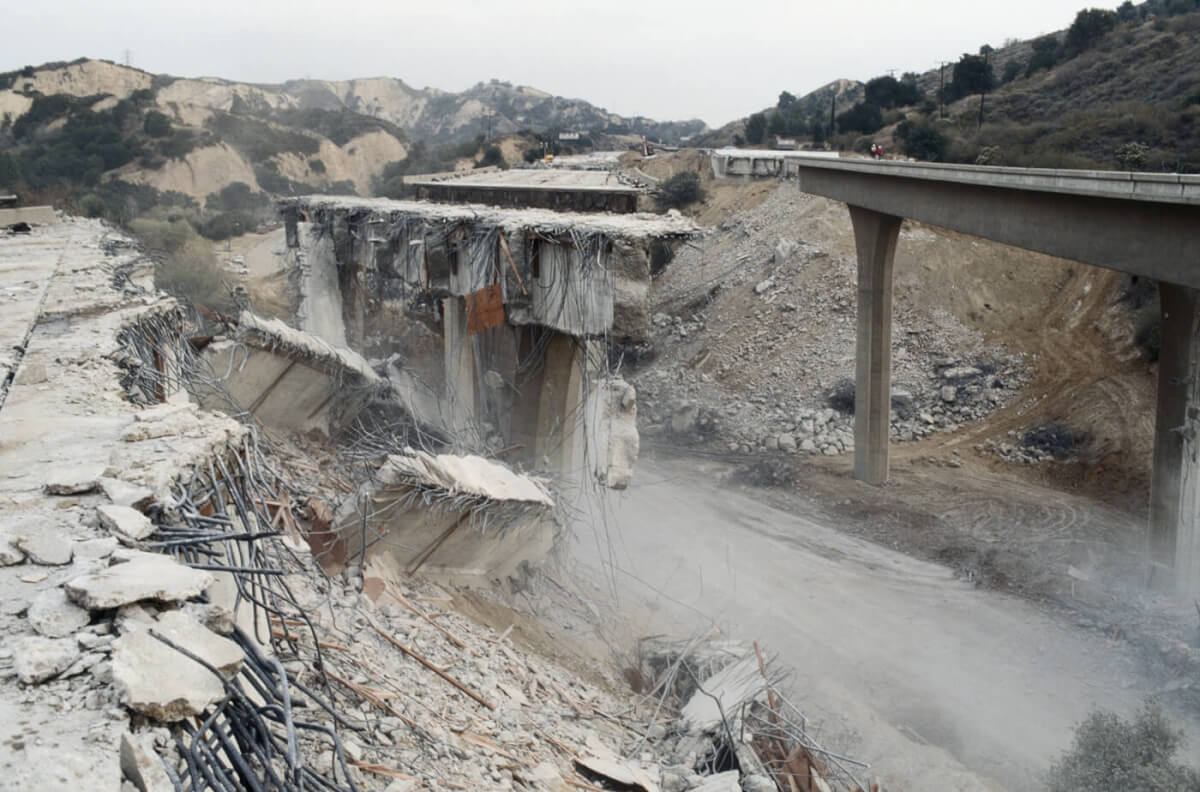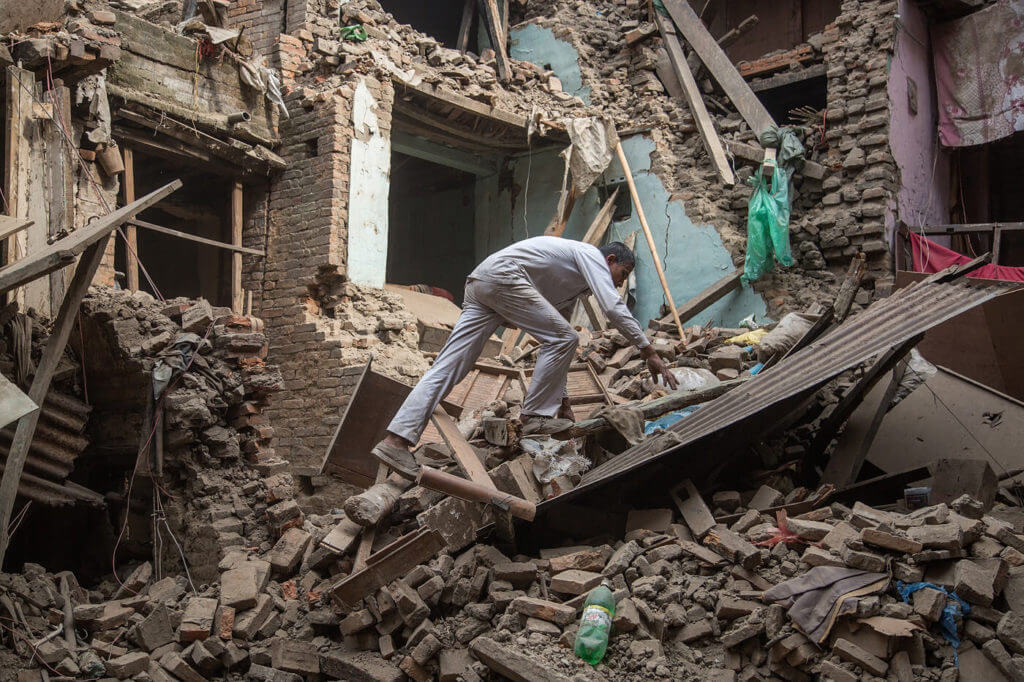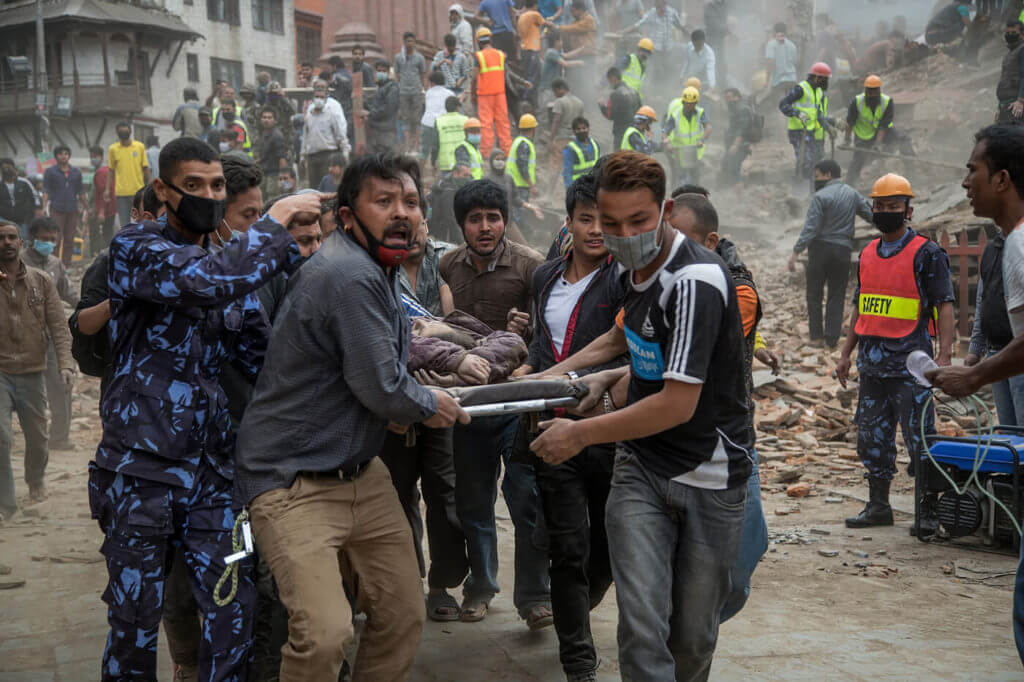Earthquakes are not predictable. There are general impressions and cautions and wellknown fault lines, but no scientist will be able to predict that an earthquake is coming. Tornado alerts and warnings give us some lead time, but earthquakes are a different story.
 We might anticipate an earthquake based on sound scientific principle and reasoning, but it isn’t a warning with the same authority. What we must do is to focus on preparation and survival tips in the event of an earthquake. If you live on the fault line these things are more important, but earthquakes may occur anywhere. Some earthquakes are just tremors, but others may bring about devastating loss. Fissures, building collapse, uplift, subsidence, landslides and liquefaction are just part of the picture.
We might anticipate an earthquake based on sound scientific principle and reasoning, but it isn’t a warning with the same authority. What we must do is to focus on preparation and survival tips in the event of an earthquake. If you live on the fault line these things are more important, but earthquakes may occur anywhere. Some earthquakes are just tremors, but others may bring about devastating loss. Fissures, building collapse, uplift, subsidence, landslides and liquefaction are just part of the picture.
As one horrible example, in 1923 an earthquake struck the Tokyo–Yokohama area, causing over 200,000 deaths. The subsequent firestorms were responsible for many of the deaths. Some of the strongest earthquakes have energy in the gigatons, stronger than multiple hydrogen bombs. The fury of the earthquake is centered. Those on the outer edges of the impacted area have a greater chance of survival.
REACTING TO AN EARTHQUAKE
In most emergencies, preparedness takes two states: planning and execution. When the earthquake strikes, it might be a tremor that shakes dishes from the cupboard or a fullblown event. The first impulse is to flee the dwelling and to look around and see what is happening. But the fact is many people are killed by falling or flying debris. It is usually best to stay inside of the building.
In asking experts and consulting reputable documents, the most common advice is to get low or drop on the floor and then cover yourself under furniture if possible and simply hold on. Others recommend lying on the floor in a fetal position with the back braced against a table or wall but not under the furniture. The idea has been that if a wall falls the furniture will create a drop zone or buffer that protects the user from being trapped.

In developed countries, building codes have resulted in structures far less likely to collapse under the stress of a ground tremor, but then it all depends upon the strength of the earthquake. As a rule, the more heavily built the structure and the more modern, the drop-and-hold rule seems best. When you are in a lightly constructed building or caught by a tremor in the Third World, the prospect of lying with your back braced against a table may seem best. Each tactic shows success and misses.
But some things have changed, and the Red Cross, as an example, has updated their recommendations on things such as standing in a doorway. If the doorway is strengthened and part of the building, that’s fine, but most home doorways are no stronger than the wall itself.
EARTHQUAKE ZONES
Understand the likelihood of a quake in your home town. Scientists are unable to predict earthquakes. But based on sound data we are able to anticipate earthquakes. There are regions of the world that are much more likely to suffer from earthquakes.
These regions are lying on famous fault lines such as the San Andreas and others. If you are living in one of these areas, then you would be remiss not to prepare yourself. Those who have the proper tools and preparation are more likely to survive.
THINGS TO DO
Do an appraisal of the home and know the home’s strong points. Should you take shelter under a doorway, a bed or a heavy table?
Discuss earthquake safety with the entire family. Make plans of action and plans for evacuation.
Be careful with home décor. It isn’t a good idea to place heavy shelves or bookcases above the sofa or bed. In the event of an earthquake, these furnishings could become deadly missiles or drops.
Surviving the aftermath of an earthquake is important. The aftermath will remain dangerous and you will endure this hardship for a longer period than the actual earthquake. Be certain you have a good supply of emergency supplies such as batteries for your radio, flashlights, first aid kits, water and food. There should be enough supplies for two to three weeks of recovery.
Assess the threat profile and the likelihood of an earthquake impacting your area. But no matter where you may live, it would be good to have an understanding of these horrific movements of the earth’s crust.
MORE INFORMATION
A good resource of information on earthquake research and emergency preparedness is CERI or the Center for Earthquake Research and Information in Memphis, Tennessee. This research facility posts important seismic information that is continually upgraded. FeltReports and ShakeMaps are among the information provided. They are currently updating information concerning the latest wave of damaging and deadly earthquakes.
Though California-based research is also valuable, the CERI group is less known but provides important data and does excellent and sometimes dangerous research. These researchers have excellent resources and the data is constantly being updated. Cal Tech also offers excellent insight into issues concerning earthquakes.

Editor’s note: A version of this article first appeared in the Doomsday 2016 issue of American Survival Guide.




